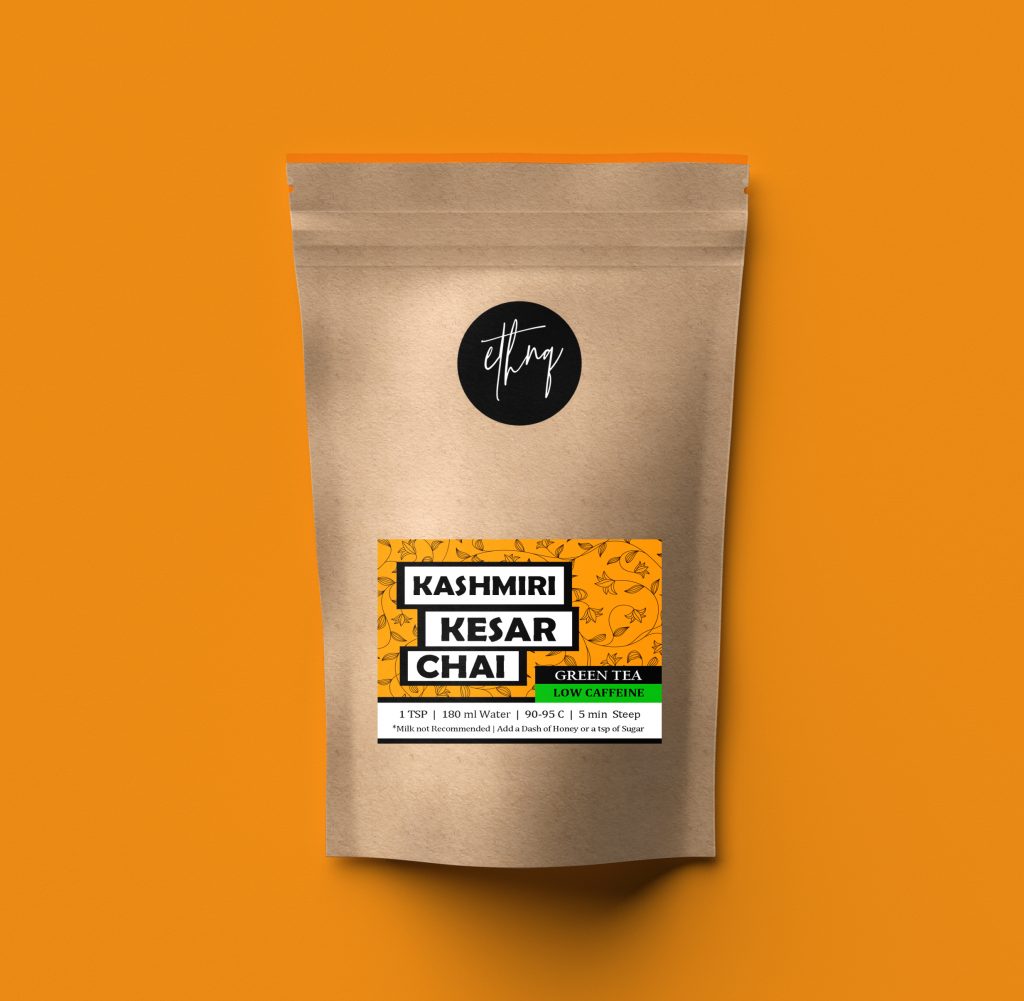Green Tea: Green Tea is just one of the least oxidized tea types. Many have been obsessed with this specific tea on account of the supposed benefits in helping weight loss and helping protect against cardiovascular disorders and many forms of cancers, manner as well. However, these positive aspects are mainly supposed and not substantiated by verifiable from vitro studies. Nevertheless, it also has to be noted that preliminary in vitro reports also have shown a definite correlation among regular consumption for good well-being.
Although it is an unbelievably healthy drink some can stress concerning its caffeine information. If you prefer to understand how much caffeine green tea has, you will be happy to know it has less caffeine gratification than most of the other teas and is safe to consume.
The one, the Orthodox tea delivers a more fantastic range of flavors and odor, which change from fruits and charred greens to brown, nuts, and citrus. It comes from the manufacturing stage when minor shifts from the processing system can impact the green tea’s chemical and aromatic cosmetics. Green tea is among the smallest quantities of green tea kind. The method is not simple, but we can simply summarize it is obtained by harvesting it from young tea leaves plucked toward the finish of this flush or harvest season immediately following the creation of white, oolong, and black teas.
How is green tea made?
Unlike black tea or oolong tea, g-tea is a non-fermented sort, indicating that it has gotten no oxidation. The conventional method of processing these teas involves light withering (while maybe not practiced widely) accompanied by heating (also known as adjusting’), rolling, and drying.
Fixing
To create tea, freshly plucked tea leaves are heated significantly for a specific period, accompanied closely by drying and rolling. However, fresh leaves may be heat-treated in various ways, depending on the manner of g-tea needed. For instance, artisanal production uses sun-drying, charcoal firing, or pan-firing to fix the leaves. In contrast, modern green-tea manufacturers use oven-drying, tumbling, or steaming as a preferred fixing procedure.
Drying
The eaves are plucked and immediately taken to the mill to be “repaired” or de-enzyme (through heat). Fixing may be performed from pans or woks put over wood heaters or steam tunnels. Depending upon the selection of fixing extraction and method requirements, a tea will develop particular flavours. For example, slowly pan-fixed g-tea tastes sweeter than high-fired tea.
Exactly how various types of g-tea extract are there?
Once mended, leaves are wrapped (either yourself or a rolling system) and given their final shape. The rolling process helps break up the walls and then extract aromatic substances that are concentrated across the various layers inside a foliage.
Rolling
Further, most g-teas are not graded like black teas; alternatively, tea producers possess a scoring system based on the style and how big the finished leaf. Broadly, the folded leaf g-tea includes the Chinese Longjing and Japanese sencha g-tea and the twisted leaf, such as the Chun Mee or Nepal’s Ilam greens.
Next step includes drying that will be completed in industrial pans or conditioners. Drying is completed before moisture content is reduced to roughly 1 percent of these leaves’ total burden.
Green Tea Rewards:
Since you know by today, green-tea is a healthy drink consumed worldwide for the many benefits. Some of the benefits of the green tea extract infusion is its effect on the epidermis. Whether you use green tea powder or utilize green tea extract leaves, this can decrease inflammation from the epidermis, which is well known for causing zits.
Applying g-tea on your face may likewise aid in giving you a youthful glow. Thus, drinking green tea for acne is recommended.
Green Tea Extract and weight loss:
G-tea with lemon juice or just green-tea itself is a wonderful drink when you’re seeking to drop fat. Paired with everyday exercise and a proper diet plan, g-tea can aid in burning fat.
The very optimal/optimally time to drink green is 2 hours before or after dinner. Drinking g-tea during summertime and less in winter will be also highly recommended.

Kashmiri Kesar Chai
(50g | 25 Cups)
Kashmiri Kesar Chai: Kashmiri Kesar Chai also known as Kahwa a tea for Emperors and foundly drunk at Kashmiri region, our most luxurious tea blend ever, inspired from the age-old recipe of Kashmiri Kahwa.


